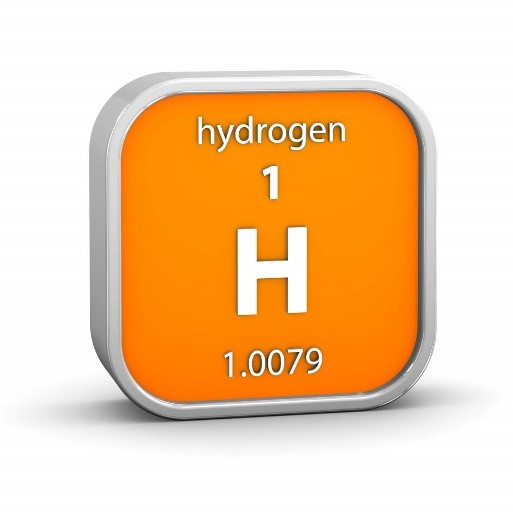-
IEA report on hydrogen gives future cost estimates as well as recommendations to spur industry
Date posted:
-
-
-
Post Author
Patrick LaveryCombustion Industry News Editor
-

Mid-June saw the release of the International Energy Agency’s report The Future of Hydrogen – Seizing today’s opportunities, launched at the G20 summit in Japan. The report is part a survey of the current state of hydrogen production and use, part an analysis of how it could be used in the future to “achieve a clean, secure and affordable energy future”, and part a sketch of how the transition could be made. Almost all hydrogen is today produced from natural gas and coal, such that 830 million tonnes of CO2 are produced each year as a consequence. While hydrogen can be produced from renewables via electrolysis, the cost of doing so is the reason why it is generally not used – from fossil fuels, costs are typically US$1.00-3.00/kg of hydrogen (the higher costs being from natural gas including carbon capture, utilisation and storage), whereas the cost from renewables is between US$3.00-7.50. This suggests that for near-zero carbon production, ‘blue’ hydrogen may be in the medium term the preferred means, especially from gas-rich areas such as Russia, the US, and the Middle East (which the IEA estimates can produce at ~US$1.50/kg of H2). This, however, could change. As the report puts it, with “declining costs for solar PV and wind generation, building electrolysers at locations with excellent renewable resource conditions could become a low-cost supply option for hydrogen, even after taking into account the transmission and distribution costs of transporting hydrogen from (often remote) renewables locations to the end-users.” In the long-term (by 2030), the IEA estimate is that the cost of ‘green’ hydrogen produced from solar photovoltaics and onshore wind power will fall to US$1.50-2.50/kg across much of the world, competitive with ‘blue’ hydrogen.
Four hurdles are identified at present for growing the role of hydrogen as a low-carbon energy carrier. One is the cost, particularly for green hydrogen. Another is that the supporting infrastructure for consumers – refuelling stations for vehicles – is undeveloped. The third is that hydrogen is currently mostly produced in a ‘brown’ way from fossil fuels, meaning carbon capture, utilisation and/or storage will need to be applied to those facilities, and the fourth is that regulation currently inhibits the development of clean hydrogen – common international standards, for instance, would aid the industry’s growth.
It presents four near-term opportunities to make the transition to hydrogen successful. The first is making industrial ports “the nerve centres for scaling up the use of clean hydrogen” – i.e. converting their ‘brown’ hydrogen production to ‘blue’ or ‘green’. The second is that existing natural gas pipelines be used to transport hydrogen in a mixed form with CH4. Thirdly, some policy support for hydrogen in heavy and long-haul transport, and lastly, launching international shipping routes for hydrogen. This latter point is designed to mimic the growth of the use of natural gas which occurred as shipping routes were established.
Finally, the report provides seven key recommendations to “scale up” hydrogen. These include setting goals for hydrogen use within states, developing policies to stimulate demand and to encourage first adopters, supporting research and development, eliminating unnecessary regulation, promoting the international harmonisation of standards, and working on the four near-term opportunities over the next decade.
